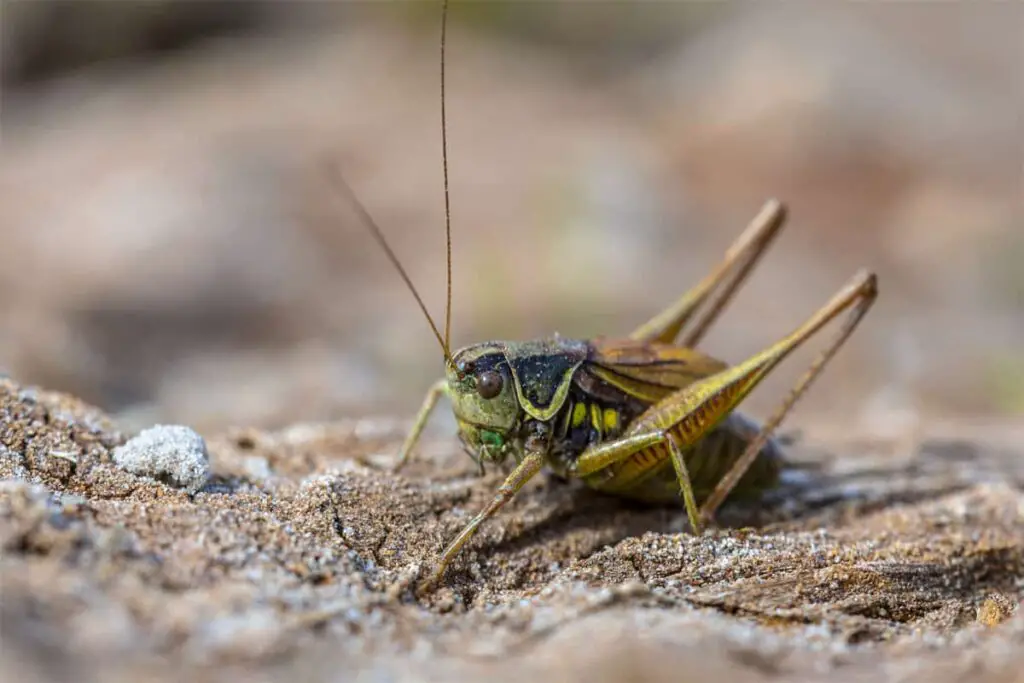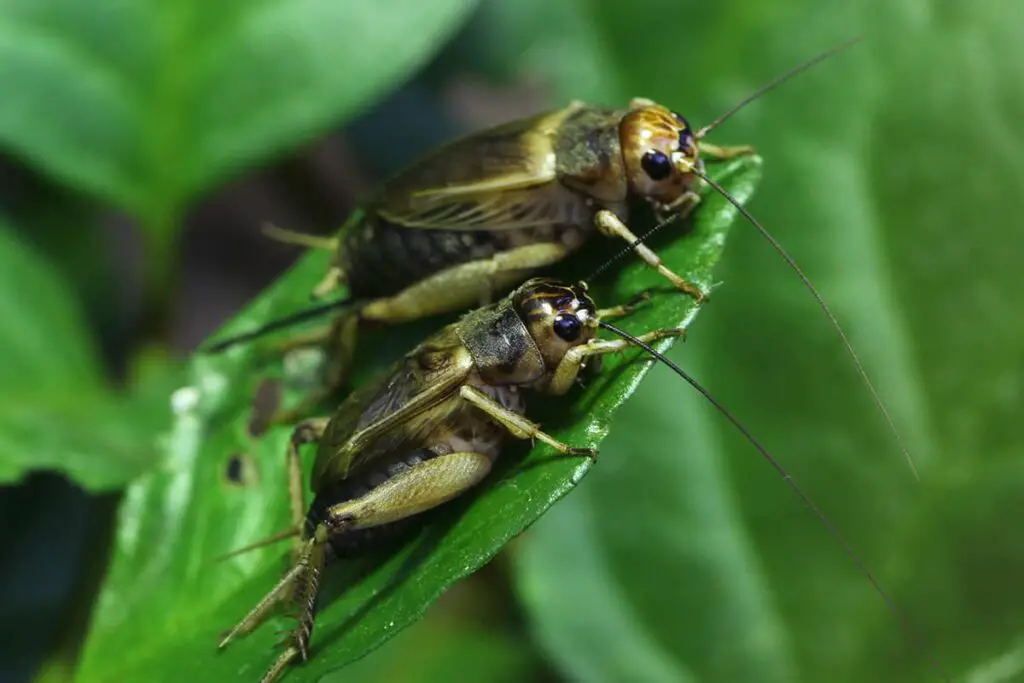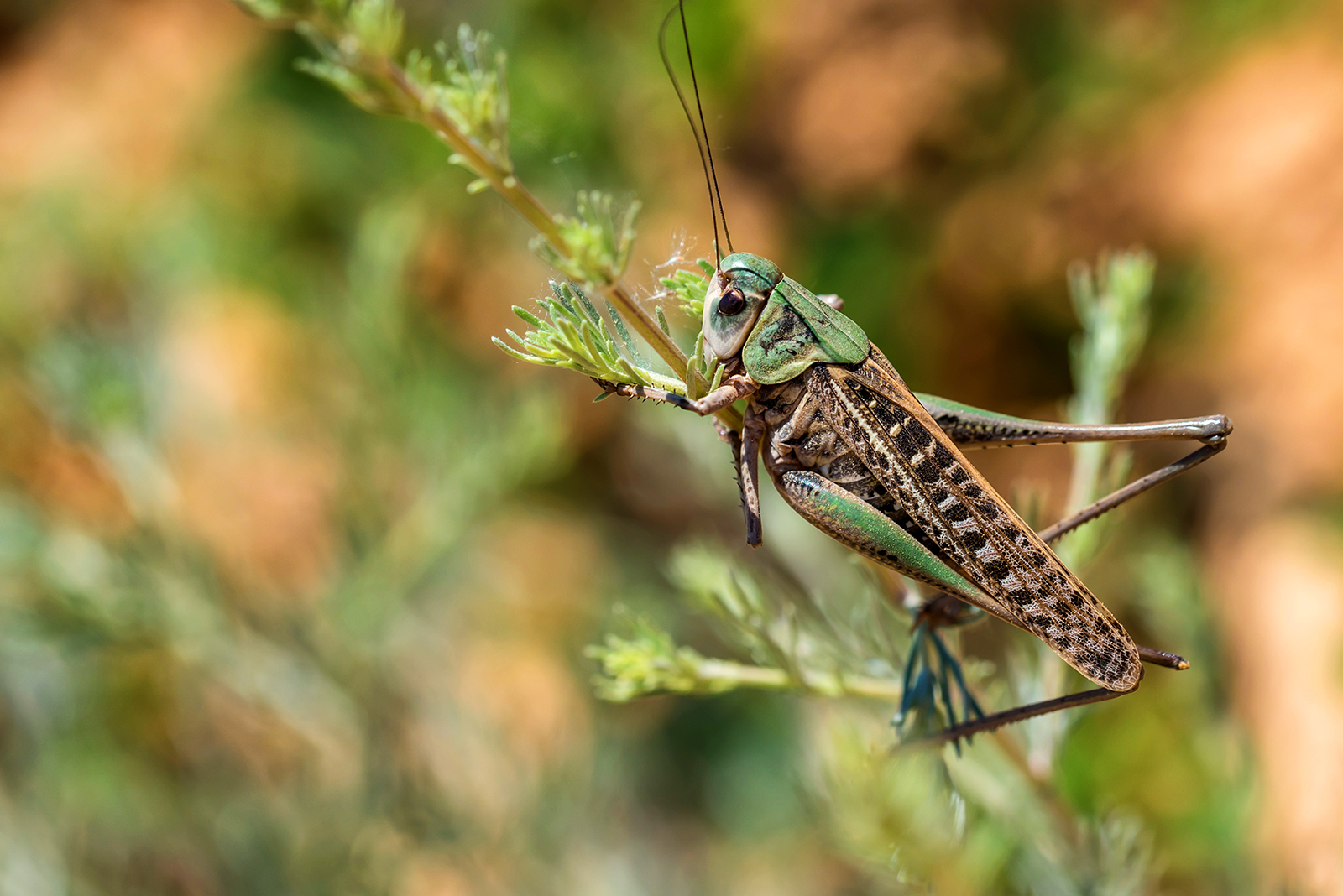
Have you ever wondered why crickets make noise at night? The chirping sounds we associate with these nocturnal insects serve many essential purposes in their lives. Crickets are most active during the night, as they search for food and mates, and these distinctive sounds play a crucial role in their survival and reproduction.
A primary reason for crickets making noise at night is to attract a mate. Male crickets produce songs or chirps to woo females, who are active at night and will move towards the sound. In addition to this courtship behavior, male crickets also generate sounds to mark their territory and deter rival males from encroaching on their space.
The captivating nighttime orchestra of cricket sounds is rooted in a complex system of communication that serves multiple purposes for these fascinating creatures. Let’s unpack this a little further!
Why Insects Make Sounds
Insects such as crickets, katydids, and cicadas, make sounds for various reasons, including communication and mating. Crickets and katydids produce sound by rubbing their wings together, which creates a noise that’s used primarily by male insects to attract their female counterparts.
Crickets make their chirping noise by raising their wings and rapidly rubbing them against each other. The base of the forewing contains a thick, ridged vein that acts like a file, while the upper surface of the forewing is hardened and functions as a scraper. When these two are rapidly rubbed together it creates that distinctive sound we all recognize.
The loud chirping noises are primarily heard during the night since nocturnal insects are most active after sunset. The high-pitched sounds emitted by crickets are an attempt to attract female mates. The darkness of night provides an ideal environment for these insects to communicate and search for mates without the interference of daylight predators.
Aside from attracting mates, these insect sounds also play a role in establishing territory and warding off other males. When multiple crickets are present in close proximity their individual chirps can signal competition and deter other males from entering their space (Reconnect With Nature).
Annoying as they can sometimes be for humans, these nighttime noises are essential for the insect’s survival and reproduction.
Crickets and Their Nocturnal Behavior
Crickets are nocturnal animals that sleep during the day and become active at night. Their nighttime activities include searching for food and mating. This is the primary reason why you hear cricket noises at night rather than during the day.
Male crickets produce their characteristic chirping sounds as a courtship call to attract female mates. They create these sounds through a process called stridulation, which involves rubbing body parts together. Studies have shown that this stridulation behavior is 94% dominant at night.
Nocturnal crickets can be found in various habitats, such as:
- Underground
- Deserts
- Forests
- Grasslands
- Wetlands
- Caves
- Beaches
It is important to note that not all types of crickets make noise. Noise-producing crickets create these sounds using their wings, rather than their legs, which is a common misconception. These nighttime insects can produce surprisingly loud noises, sometimes comparable to the sound of a small combustion engine, which can be disruptive to sleep.
The Science Behind Cricket Sounds
Cricket sounds are a familiar part of nighttime ambiance, but the continuous chirping has a fascinating scientific explanation.
Stridulation
Crickets create their distinct chirps through a process called stridulation. Contrary to popular belief, these sounds are not made with their legs (or mouths!). Instead, male crickets produce this sound by rubbing one wing against the other. Their wings have structures called the file and scraper, and as they are rubbed together, they create that well-known chirping sound. This noise serves as a mating call, with male crickets attempting to attract female crickets by vocalizing through their wings.
Frequency and Temperature Correlation
Interestingly, the frequency of cricket chirps is not random; it is correlated with the surrounding temperature. Crickets generally chirp more frequently as temperatures increase, while the sound decreases as the environment gets colder. This relationship is so consistent that it has inspired an informal rule known as Dolbear’s Law, which allows you to estimate the outside temperature by counting the number of chirps in a given time interval!
According to Scientific American, this phenomenon occurs because crickets are ectothermic, meaning their body temperatures are directly influenced by the external temperature, which in turn affects their metabolism and the rate of their chirping.
In summary, cricket sounds are a fascinating blend of biology and environmental factors, with the tiny insects relying on stridulation and an innate connection to temperature to produce their characteristic nighttime symphony.
Types of Cricket Sounds
Crickets make different types of noises for various reasons. In this section, we will explore the three main types of cricket sounds: calling songs, courting songs, and aggressive songs.
Calling Songs
Male crickets produce calling songs primarily for the purpose of attracting female crickets. These songs are typically loud and can be heard from a considerable distance. The frequency and pattern of the chirps may vary depending on the species, but their primary function is to let females know that there is a potential mate nearby. These sounds are mainly produced at night when female crickets are more active and receptive to the calls.
Courting Songs
Once a female cricket approaches the male, he will switch from the calling song to a quieter and more subtle courting song. The courting song is primarily used to convince the female cricket that the male is a suitable mate. The song is generally softer and more rhythmic, allowing the male cricket to communicate directly with the female without alerting other nearby males or predators.
Aggressive Songs
In addition to calling and courting songs, male crickets also produce aggressive songs when interacting with other male crickets. These sounds are used to establish dominance and mark their territory. Aggressive songs are typically lower in pitch and have a faster rhythm compared to calling and courting songs. The purpose of these songs is to ward off rival males and protect the male cricket’s mating opportunities.
Factors Affecting Cricket Sounds
There are several factors that influence the sounds produced by crickets at night. The primary reason for their nighttime chirping is communication amongst each other, with males chirping to attract mates and ward off enemies.
The type of cricket plays a significant role in the nature of the sounds produced. House crickets produce a loud, high-pitched chirp, while field crickets generate a lower-pitched chirp. These differences in pitch can be partially attributed to the species’ size, unique characteristics, and habitat.
Environmental factors also affect cricket sounds. For instance, a recent study found that the exterior noise level, such as road noise, may cause some crickets (specifically Oecanthus pellucens or tree crickets) to pause their chirping during periods of high noise. However, they do not change their frequency or length of the sound. Ambient temperature plays a critical role as well, with crickets being more active and chirping more frequently on warmer nights.
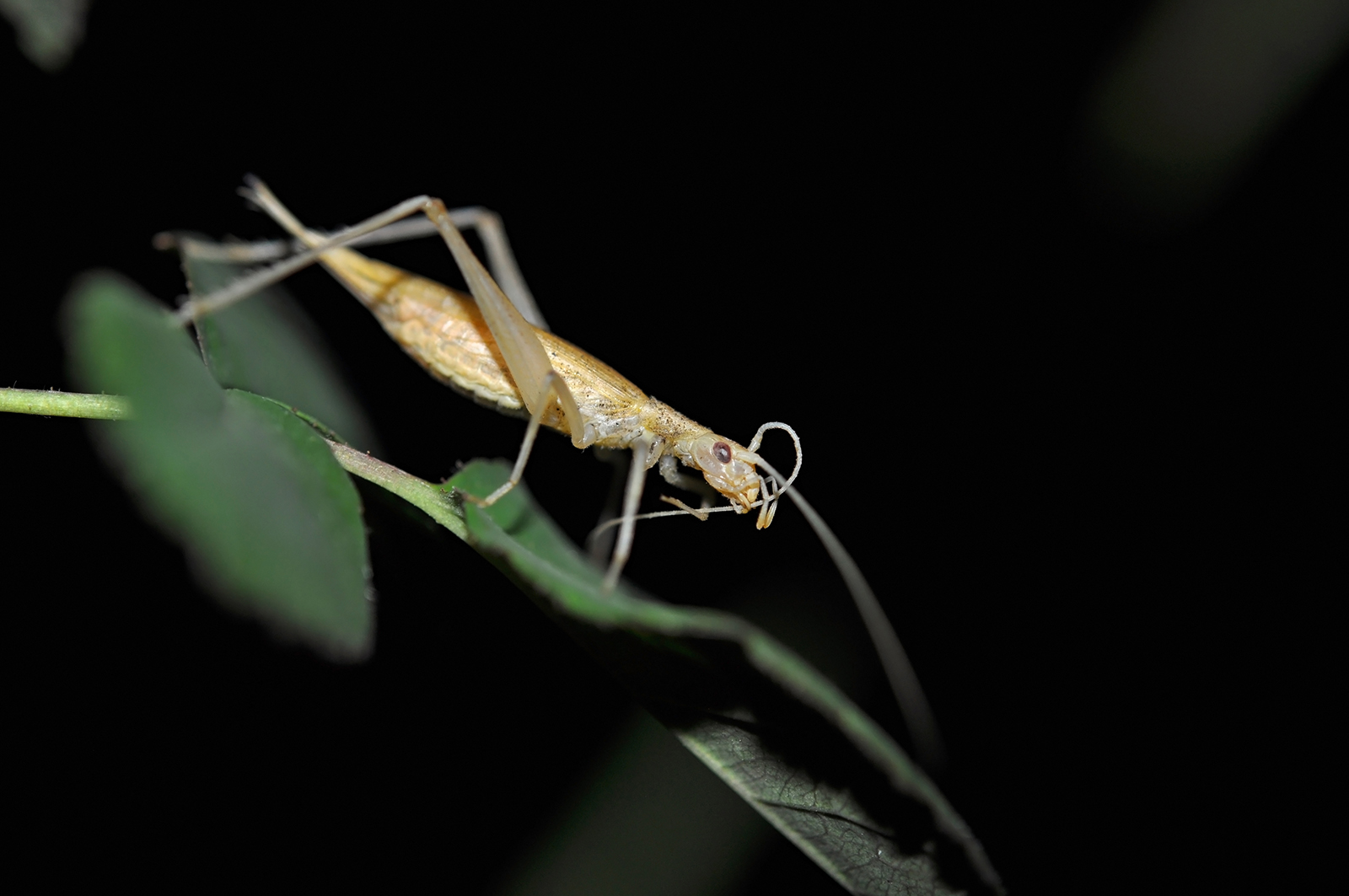
Conclusion
Crickets make noise at night primarily because they are nocturnal creatures. This nighttime activity not only allows them to communicate with potential mates more effectively, but also helps avoid predators that rely on sight during the day.
Chirping is an essential part of crickets’ lives, as it helps them communicate and attract partners. The sounds are created by rubbing their wings together, which produces distinctive patterns that vary among species. These sounds carry well through the nighttime environment and enable crickets to establish territories and compete for mates.
While the chirping of crickets may be soothing to some, it can be seen as a nuisance to others. If dealing with cricket noise is an issue in your living space, there are methods to mitigate cricket noise, such as sealing gaps where they might enter, using cricket traps, and masking the sound with ambient noise devices.
Ultimately, understanding the reasons behind cricket noise at night fosters a greater appreciation for these insects and their role in the ecosystem. By learning about their behavior, we can find ways to coexist peacefully and enjoy the unique chorus they provide around the world. Just as long as we’re all getting enough sleep!
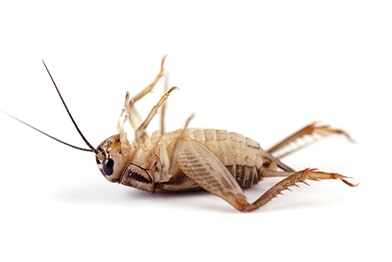
Driven by a passion for those tiny creatures that rule our world, we at Bug Domain strive to be your go-to resource for information on insects.


